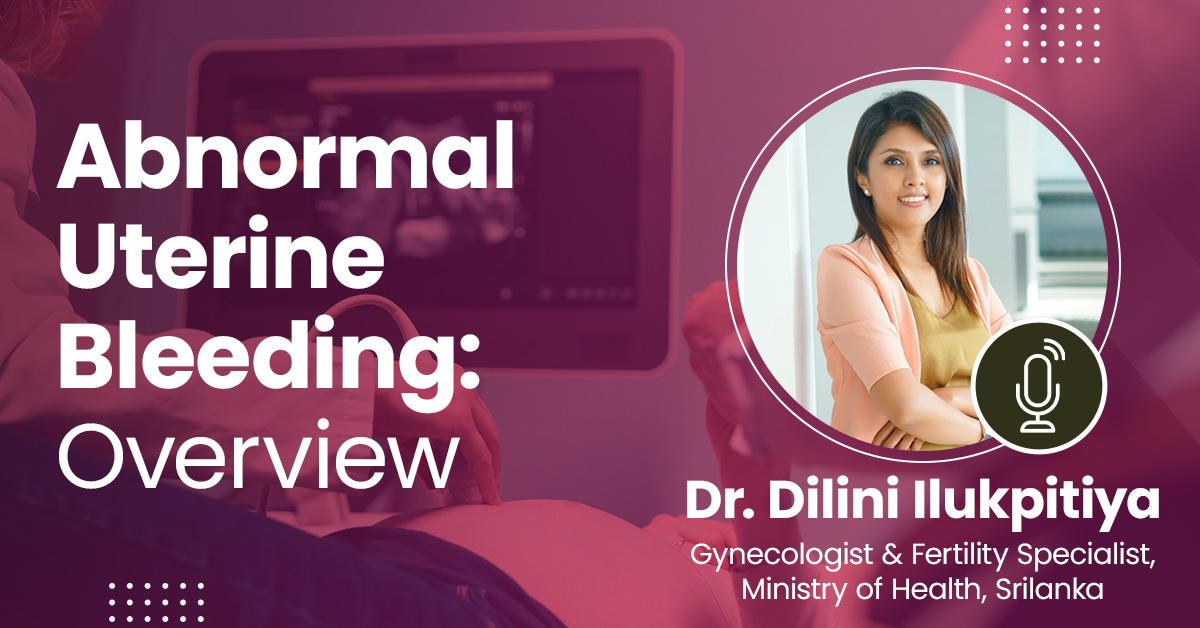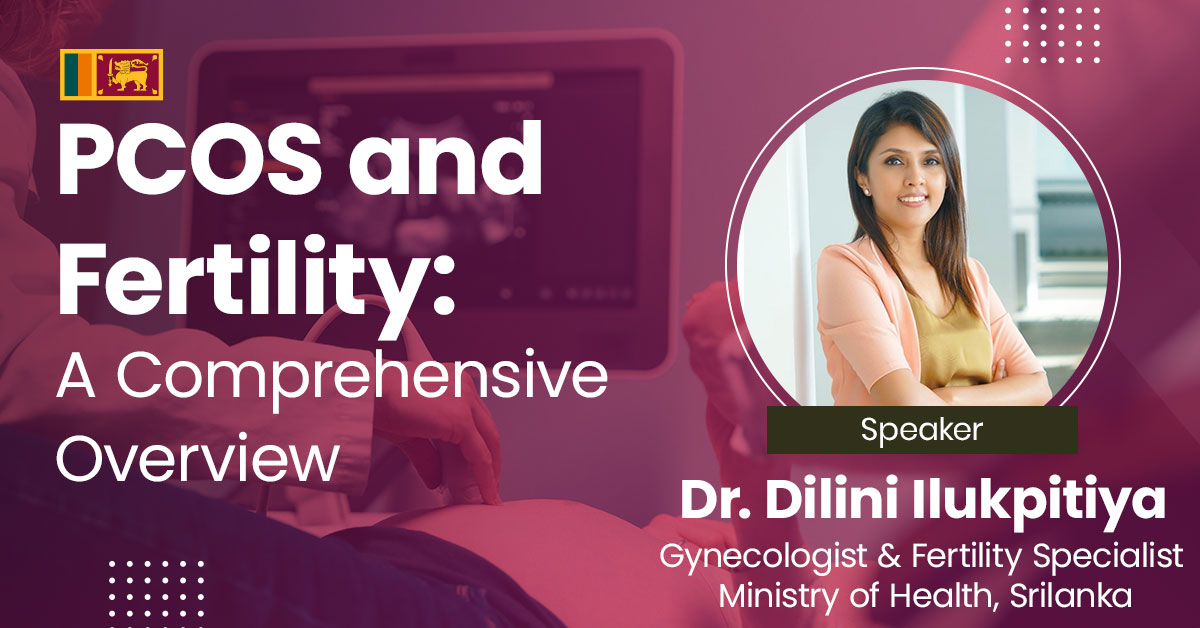- 107.1k views
PCOS and Fertility: A Comprehensive Overview
Polycystic ovary syndrome (PCOS) is a common endocrine disorder affecting reproductive-aged women, characterized by hormonal imbalances. PCOS can significantly impact fertility due to irregular menstrual cycles, anovulation, and follicular cysts on the ovaries. Insulin resistance and elevated levels of androgens, such as testosterone, are common features of PCOS that can further affect fertility. Women with PCOS may experience difficulties in conceiving naturally and may require assistance from fertility treatments. Ovulation induction medications, such as clomiphene citrate or letrozole, are often used to stimulate ovulation in women with PCOS. In vitro fertilization (IVF) may be recommended for women with PCOS who do not respond to conventional fertility treatments. Lifestyle modifications, including weight loss and dietary changes, can improve fertility outcomes in women with PCOS, especially those who are overweight or obese. PCOS-related infertility can also be addressed through management of associated symptoms, such as acne, hirsutism, and irregular periods. Women with PCOS should work closely with healthcare providers specializing in reproductive endocrinology to optimize fertility and pregnancy outcomes.Despite challenges, many women with PCOS are able to achieve successful pregnancies with appropriate medical interventions and support.
About the Speaker

Dr. Dilini Ilukpitiya
Gynecologist & Fertility Specialist Ministry of Health, Srilanka
Upcoming Case Discussions
Impact of Endometriosis on Fertility
Endometriosis, a condition where endometrial-like tissue grows outside the uterus, can significantly impact fertility. It causes inflammation, scarring, and adhesions that may distort pelvic anatomy, block fallopian tubes, and impair ovarian function. Endometriosis is also linked to hormonal imbalances and poor egg quality, reducing the chances of conception. Symptoms like chronic pelvic pain and painful intercourse further complicate fertility. Diagnosis often requires laparoscopy, while management includes pain relief, hormonal therapy, and assisted reproductive techniques like IVF. Early intervention with medical or surgical treatment can improve reproductive outcomes, but severe cases may necessitate advanced fertility treatments for conception.
Hyperlipidemia: From Diagnosis to Treatment
Hyperlipidemia is a condition characterized by elevated levels of lipids, such as cholesterol and triglycerides, in the blood, which can increase the risk of cardiovascular diseases. Diagnosis typically involves blood tests measuring lipid profiles, while treatment focuses on lifestyle changes, such as diet and exercise, alongside medications like statins to manage cholesterol levels and reduce cardiovascular risk. Regular monitoring is essential for effective management and prevention of complications.
Acne: Disorders and Treatment Approaches
Acne is a common dermatological condition caused by clogged pores, excess sebum production, bacterial growth, and inflammation. It can manifest as blackheads, whiteheads, papules, pustules, or cysts, often leading to scarring if untreated. Various factors, including hormonal changes, diet, stress, and genetics, influence its severity. Treatment approaches range from topical and oral medications, such as retinoids, antibiotics, and hormonal therapy, to advanced procedures like chemical peels and laser therapy. A personalized skincare regimen, along with lifestyle modifications, plays a crucial role in managing and preventing acne.
Lung Ultrasound in Acute Respiratory Failure
Lung ultrasound has emerged as a vital, non-invasive tool in the rapid assessment of acute respiratory failure. It provides real-time imaging to differentiate conditions like pneumonia, pulmonary edema, pneumothorax, and pleural effusion with high accuracy. Compared to traditional chest X-rays, lung ultrasound offers superior sensitivity, especially in critically ill patients where bedside evaluation is crucial. Its ability to guide immediate clinical decisions improves patient outcomes and reduces unnecessary radiation exposure. With standardized protocols like the BLUE (Bedside Lung Ultrasound in Emergency) protocol, it enhances diagnostic efficiency in emergency and ICU settings.
Gallstone Disease & Cholecystitis: When to Operate?
iGallstone disease and cholecystitis are common conditions requiring careful evaluation to determine the need for surgery. Symptomatic gallstones causing recurrent pain, nausea, or complications like cholecystitis often necessitate cholecystectomy. Acute cholecystitis, characterized by inflammation, fever, and right upper quadrant pain, typically requires early surgical intervention to prevent complications like perforation or sepsis. In high-risk patients, conservative management with antibiotics and drainage may be considered. Elective surgery is recommended for asymptomatic patients with high-risk factors, such as large gallstones or gallbladder polyps, to prevent future complications.








